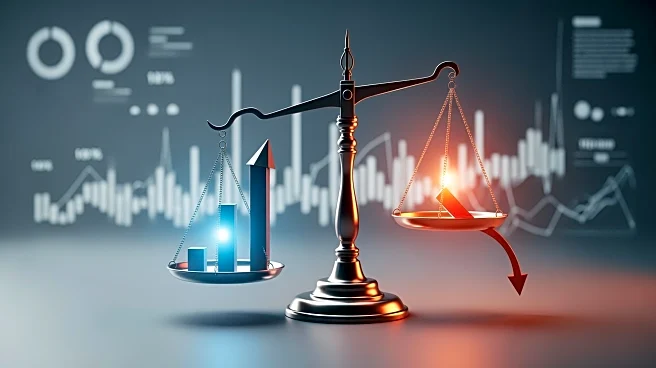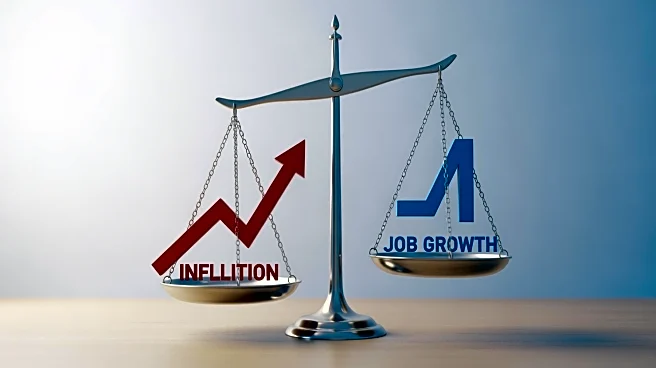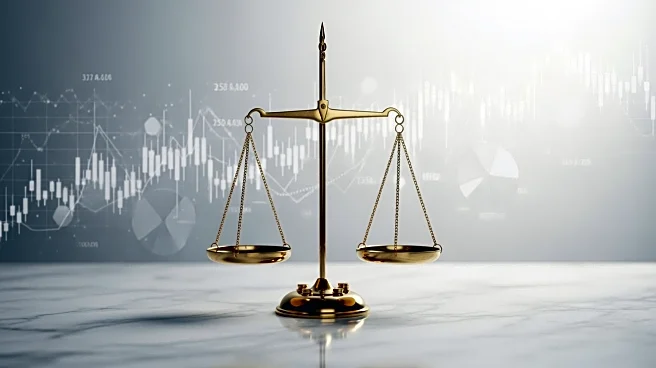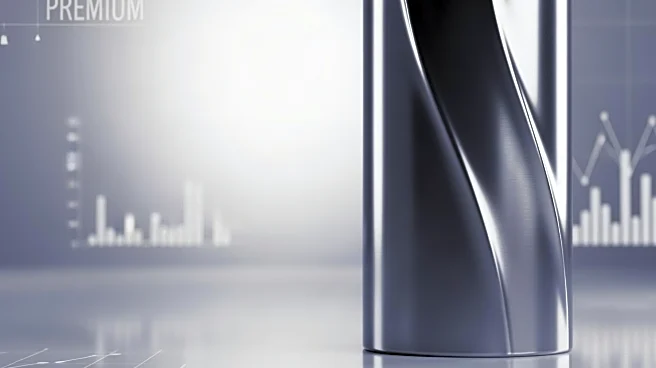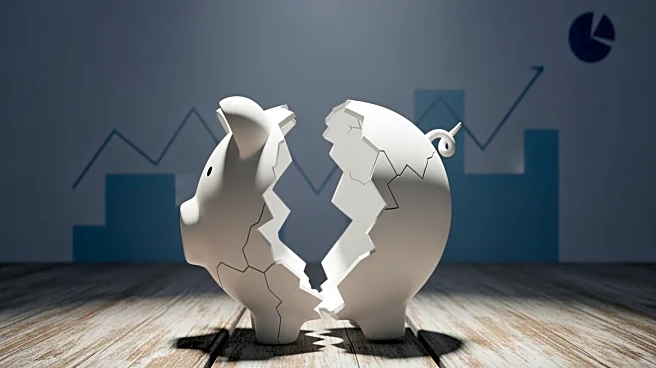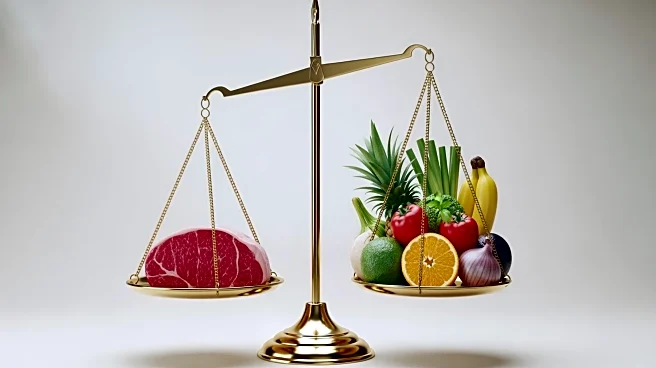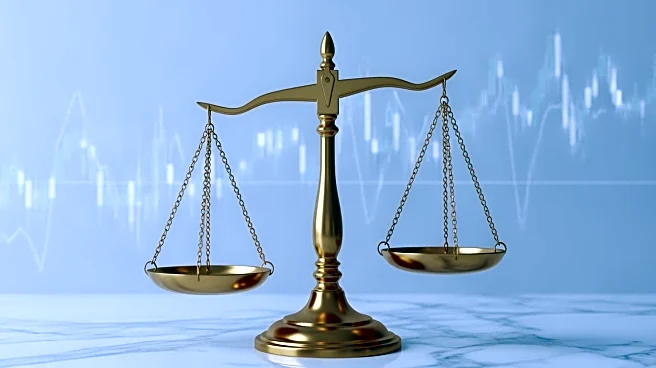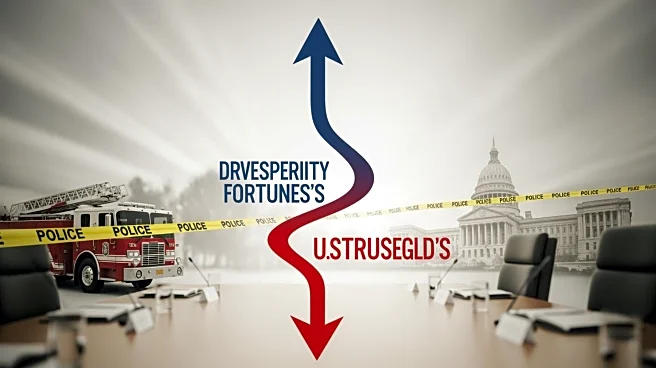What's Happening?
The U.S. economy is currently experiencing a 'K-shaped' recovery, characterized by diverging economic outcomes for different income groups. Wealthier Americans are seeing strong spending and income growth, while lower- and middle-income individuals face
financial challenges such as inflation, high housing costs, and rising credit card debt. This economic divide has been exacerbated since the pandemic, with the top 10% of income earners accounting for nearly half of all consumer spending. The disparity is further highlighted by wage growth, which has been more robust for higher-income households compared to their lower-income counterparts.
Why It's Important?
The K-shaped recovery underscores growing economic inequality in the U.S., with significant implications for social and economic stability. As wealthier individuals continue to drive consumer spending and benefit from stock market gains, lower-income groups struggle with stagnant wages and rising living costs. This divide could lead to increased social tensions and calls for policy interventions to address inequality. The situation also poses challenges for economic policymakers, who must balance efforts to stimulate growth with measures to ensure equitable economic opportunities for all income groups.
Beyond the Headlines
The K-shaped recovery raises important questions about the long-term sustainability of economic growth in the U.S. If the current trends continue, the economic divide could widen further, leading to potential social unrest and political pressure for redistributive policies. Additionally, the reliance on consumer spending by wealthier individuals may not be sufficient to sustain overall economic growth, particularly if lower-income groups continue to face financial constraints. Policymakers may need to consider targeted interventions to support lower-income households and promote more inclusive economic growth.


